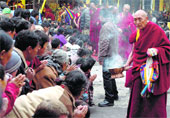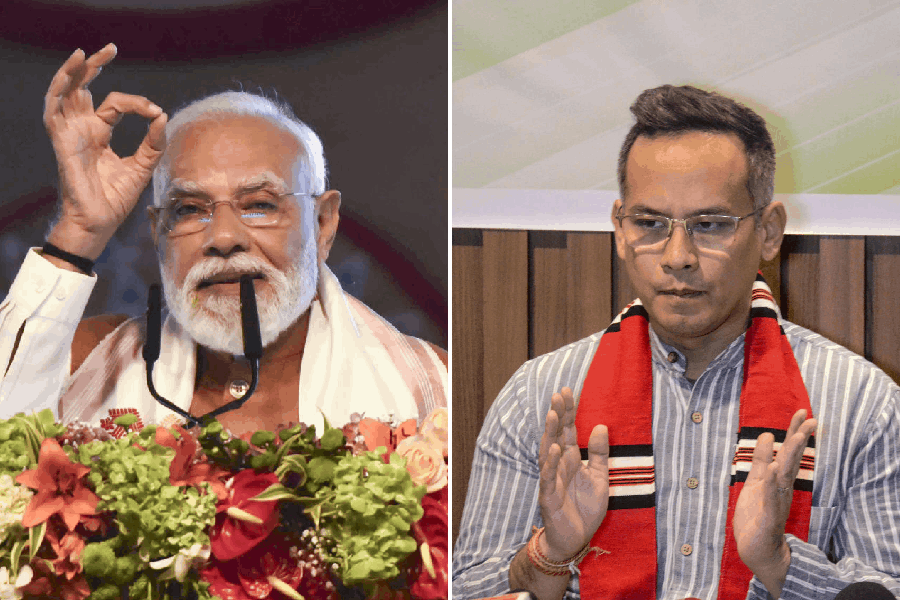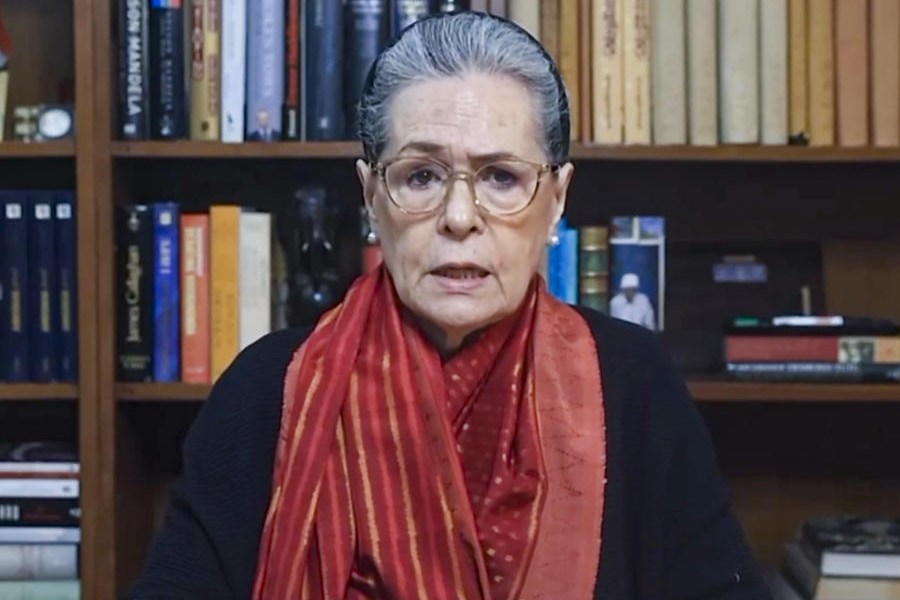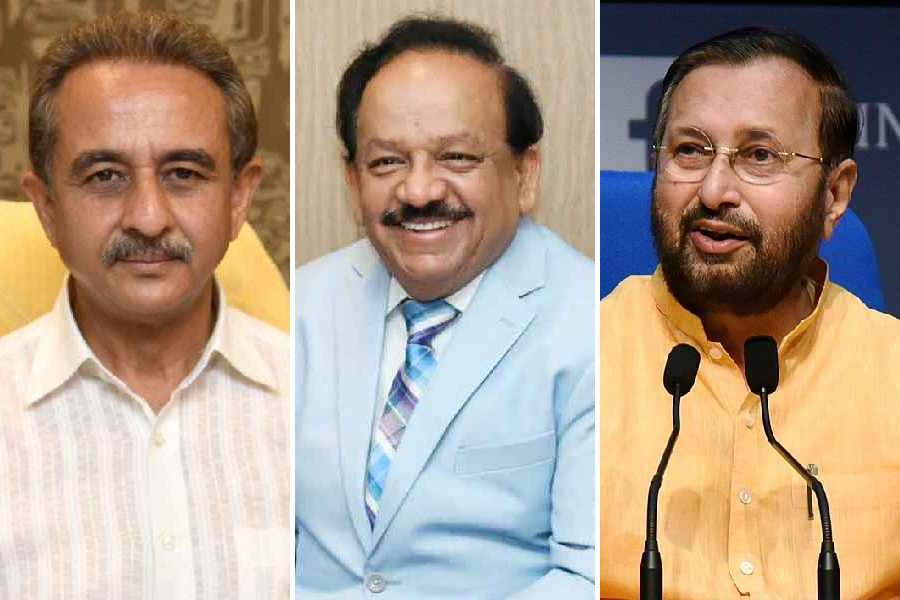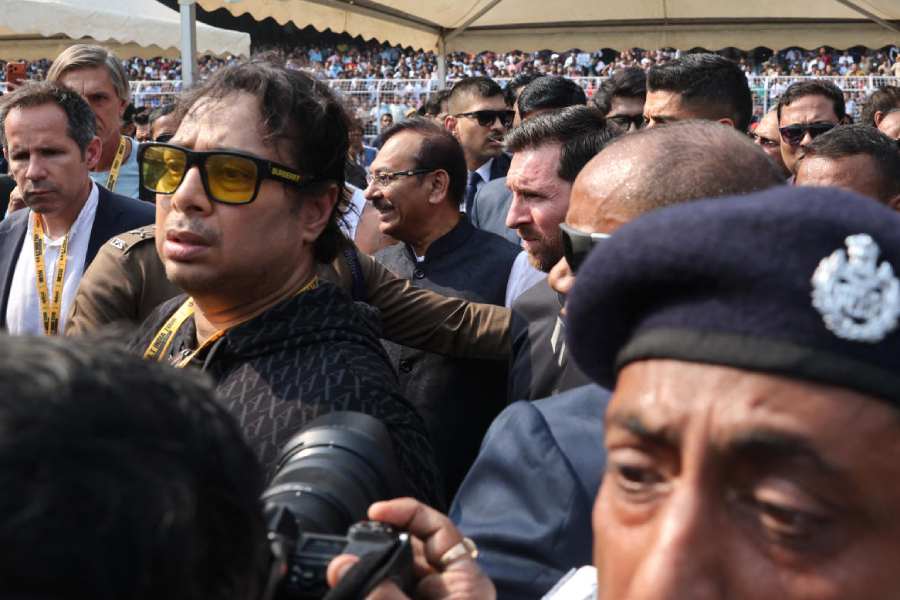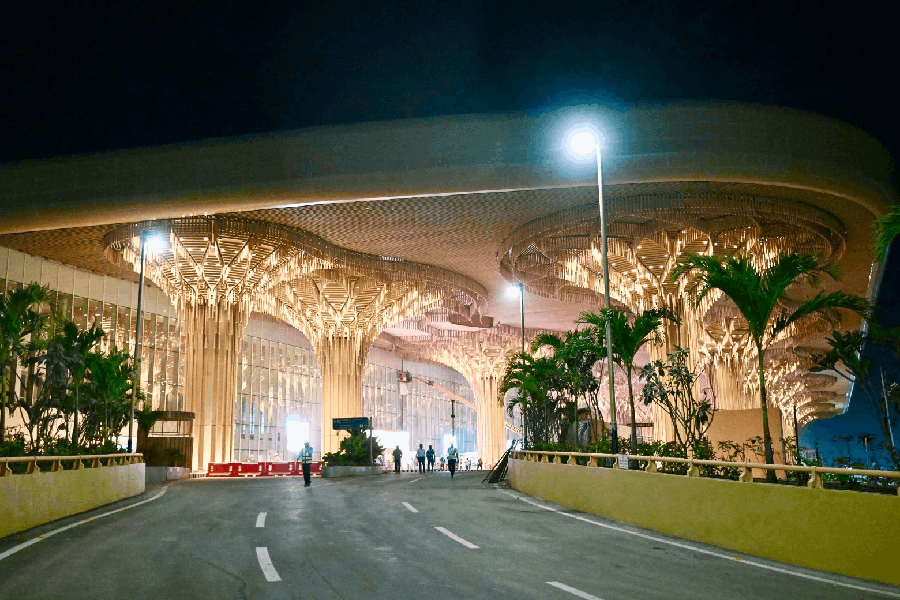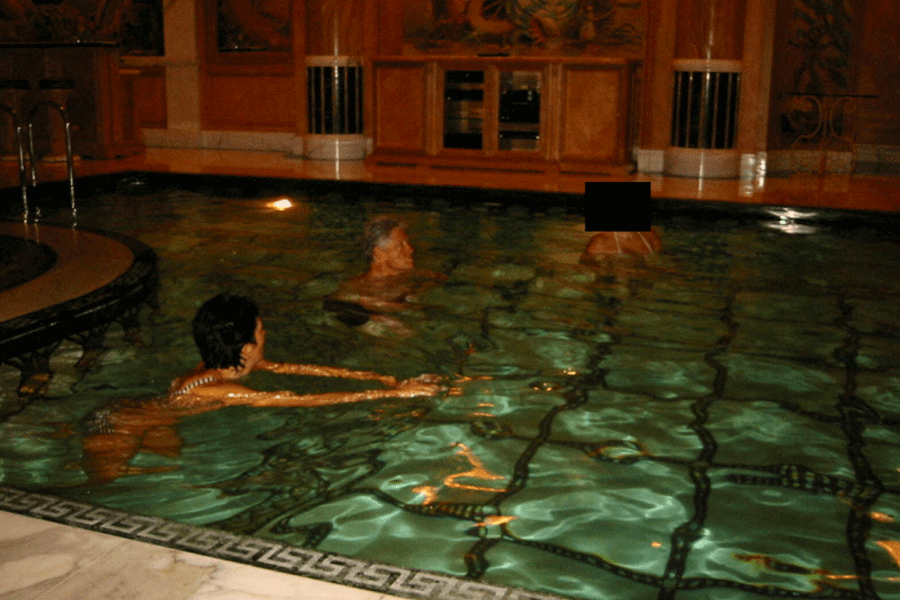 |
 |
 |
 |
 |
 |
| (From top): Daily rituals at the Namgyal monastery; locals and tourists mingle with ease; a magnificent statue of Buddha at the monastery; a monk spins the prayer wheels, trinket-sellers in Mcleodganj drive a hard bargain |
A lonely winding road flanked by woods of oak, cedar, pine and the occasional clearing carpeted with yellow mustard flowers and pretty little daisies leads to the small town of Mcleodganj. A town I was returning to for the second time. But that is what perhaps sets Mcleodganj apart. You might visit it any number of times, yet it always has the same charm.
About 10km from Dharamsala and surrounded by the snowcapped Dhauladhars, this was one of the hill stations where the wives and daughters of British officers spent long summers. It was named after a one-time Lieutenant-Governor of Punjab, David McLeod, but it’s most famous as the home of the Dalai Lama, who arrived here along with thousands of refugees from Tibet in 1959. So while it is as Tibetan as it gets, there’s variety on the streets ? the apple-cheeked schoolboy on his way back home, the stocky Tibetan woman selling junk jewellery with great gusto, the maroon-robed monk checking his e-mail in a cyber caf?, the colourfully dressed hippies with the local boys trailing behind them.
As I alighted from the bus that stops at the main chowk area, nothing quite prepared me for the blast of chilly wind. Soon afterwards the weather got worse and it began drizzling. My first stop was Tsongpa Caf?, a small Tibetan restaurant that served me steaming Soutseien (spicy noodles topped with vegetables). Picking at my plate with chopsticks, I looked out at the prayer flags fluttering outside.
I walked down to the Namgyal monastery where I wanted to meet Nwang Namdrol, a friend who’s a monk. There are some eight monasteries in the area, so you have to know the one you want to visit, and I quickly realised that locating Nwang wasn’t going to be all that easy. But I got lucky in another way ? I got to see His Holiness, the Dalai Lama. Never before have I seen such a sea of monks interspersed with foreigners.
Security was tight. I was carefully searched and even had to part with my mobile phone to step into the sanctum where the Dalai Lama was holding session. Meanwhile I met Norbu, a Tibetan guard, with His Holiness’s security. From him I learnt that the Dalai Lama has a retinue of 60 Tibetan guards plus 40 to 60 more guards from the state government. The session finished soon and the hundreds gathered there lined the path through which the Dalai Lama walked down. Heads bowed low as the spiritual leader smiled benignly. Apparently there are days on which he passes through the town when everyone waits to greet him with a white silk scarf.
While at the monastery, there are things not to be missed ? the larger-than-life images of Buddha, Padmasambhava and Avalokiteshwara, the debate of the monks in the evenings and, of course, the growing pile of chocolate biscuits and cookies on the table in front of the Buddha. It was the first time I was seeing chocolate being offered to the gods. So when Tenzing, the monk guarding the gates of the temple, handed a box of chocolate cookies over to me, I was deeply honoured. That’s because offerings are strictly handed out only at the end of the year during a huge ceremony at the monastery. A chat with the monks reveal their touching story of survival and how the young Tibetans fled their homeland to make Mcleodganj their second home.
It was time for a change of pace. From the monastery, I headed off to St John’s Church in the Wilderness since it was getting dark and windy. Soon I was strolling down the lonely wooded road munching on popcorn. It was a good 15 minutes before I finally found the church nestled in a forest of deodars. There was nobody around and it was very quiet except for the whistling of the wind among the trees. The church that dates back to 1852 was rebuilt in 1929 probably because of the severe earthquake that devastated the area in 1905. True, this Gothic stone structure is under the care of the Archaeological Survey of India, but its walls with weeds springing out of them hardly seem protected.
A walk around revealed the memorial of James Bruce aka Lord Elgin, the British Viceroy who was buried here in 1863 by his widow Mary Louisa. She also donated some fine Belgian stained glass windows to the church. There’s a cemetery here too that houses the graves of British officers and their families.
Back in Mcleodganj’s main square, I loitered around and chanced upon lovely parchment books and trinkets. The trinkets were costly and even though I bargained furiously, I came away with the feeling that I’d overpaid: Rs 600 for four bracelets and a pair of earrings.
Is Rs 600 too much? Consider the local prices. I had momos for Rs 2 each. Pasan, the momo seller, lifted the lid off his huge urn and urged me, “Try out my spinach and potato momos ma’am.” I bit into them and nothing could’ve tasted more delicious.
I was so numb with cold at the end that I decided to while away the remaining time at the Mc Cllo’s Caf?, which is located at the main chowk. In the warmth of the caf?, I relaxed with a novel as I guzzled down hot, frothy coffee along with macaroni and cheese. And a half-hour later, I was seated comfortably in the Volvo bus, which starts at 7pm regularly from Mcleodganj for Delhi.
What is it about Mcleodganj that attracts so many flower children? The story goes that Elgin fell in love with it as it is just like Scotland and even proposed it should be the summer capital of India. The proposal was ignored. But I do know this, that given a chance to spend a week in any hill station, Mcleodganj would always remain my first pick.
Photographs by Jagan Negi

